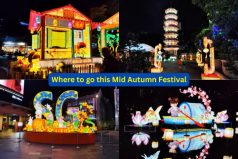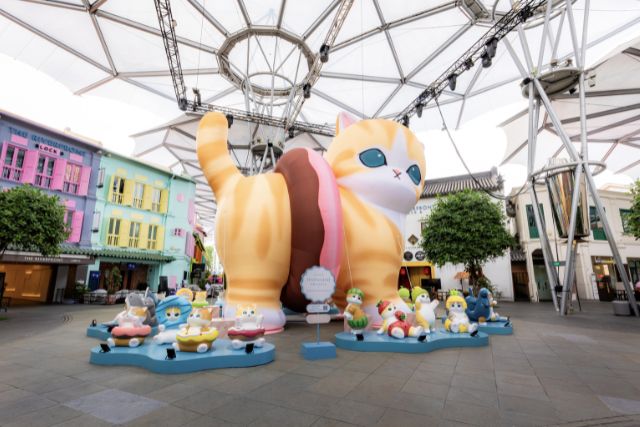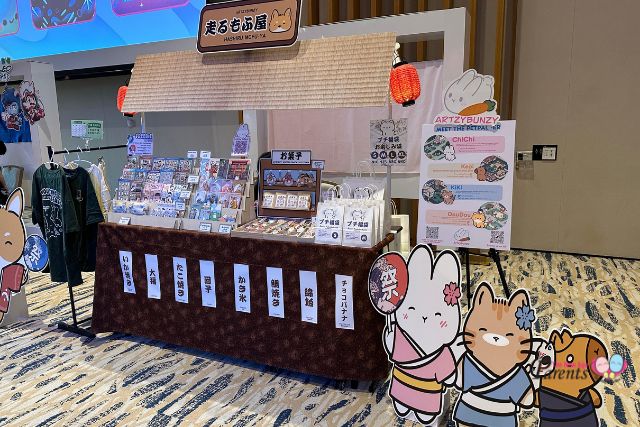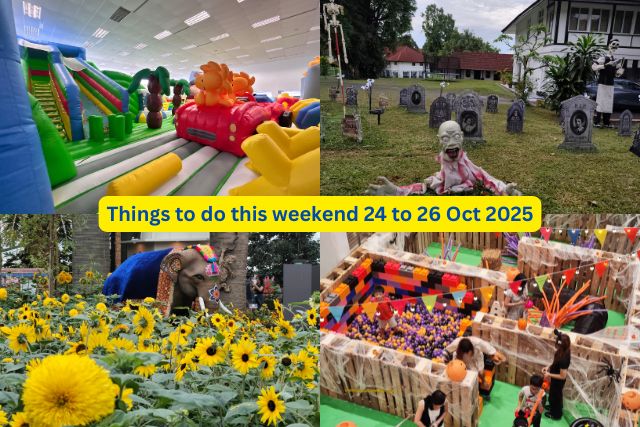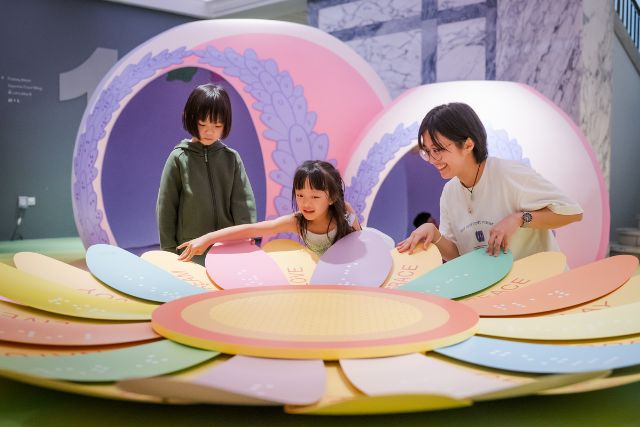If you spot one of these shy and furry creatures right at your doorstep, don’t be alarmed. They are native, nocturnal animals called common palm civets, locally known as toddy cats, which live in our forests and parks. Five of these adorable toddy cats are currently on display at the Night Safari, boosting its collection of endangered native animals and enabling visitors to learn more about this species.
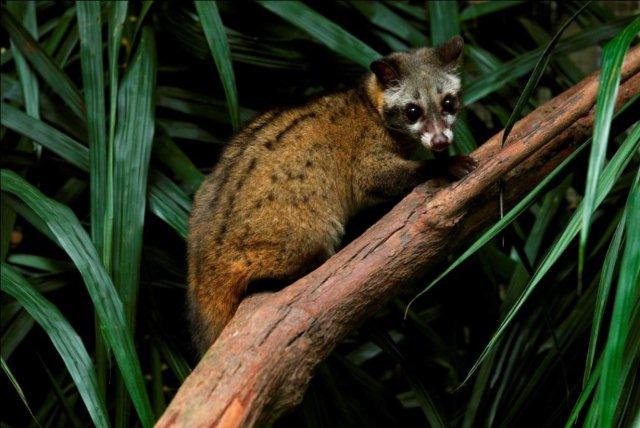
Visitors can now observe the toddy cats and their nocturnal foraging behaviour in a huge enclosure simulating a ‘kampong’ scene. To reflect the species’ history in Singapore, the exhibit features chicken coops, coconuts and baskets, which convey a typical village feel. The ‘kampong house’ is made of real thatched roofs and house plants that are commonly found in villages such as banana trees, serai and tapioca.
The toddy cat – known as musang in Malay – is one of the last wild carnivores which can still be seen around residential areas in Siglap and forests in Bukit Timah, the Central Catchment, Pulau Ubin and Pulau Tekong. They range in parts of South Asia and Southeast Asia. The animal earned its name from its apparent liking for the sap from palm trees that are used to produce the alcoholic drink, ‘toddy’.
The toddy cat enclosure covers a total area of over 126 m2 and is one of the latest exhibits to open at the Night Safari.
“We would like visitors to leave our parks with increased knowledge and awareness of wildlife conservation through our animal exhibits. In this case, we hope they will appreciate some of our native species such as the common palm civets, so as to minimise human-animal conflict in our urban environment. It is important that we preserve the natural wildlife of Singapore for future generations to come” said Mr. Kumar Pillai, General Manager of Night Safari, which is operated by Wildlife Reserves Singapore (WRS), together with Singapore Zoo, Jurong Bird Park and River Safari.
Another unique feature of the exhibit is that it has an educational interpretive where visitors can learn more about the plight of this wild resident of Singapore, whose natural habitat has been encroached by humans through the years. It also showcases items associated with the animal such as packets of kopi luwak, one of the world’s most expensive coffee beans produced from coffee berries that pass through the toddy cat’s digestive tract. Known to be excellent climbers with a preference to stay in trees, these Night Safari residents will also enjoy climbing up and down three finely crafted tree trunks and vines.
WRS is currently working with various governmental organizations such as the Agri-Food & Veterinary Authority of Singapore and National Parks Board to rehabilitate and relocate captured toddy cats. We have rehabilitated and released a total of 57 civets since 2009. More recently, WRS is looking into radio-collaring civets to be released into the wild to study their range, survival and integration of this species in the new habitat.
The Night Safari had collaborated with the National University of Singapore to study the toddy cat population, specifically in the Siglap and Opera Estate areas. The project aimed to educate and encourage residents to live harmoniously with these creatures of the night. Recently, a team from Night Safari also conducted a talk on these native animals to students at Temasek Junior College.
Photo credit: Wildlife Reserves Singapore
* * * * *
Like what you see here? Get parenting tips and stories straight to your inbox! Join our mailing list here.
Want to be heard 👂 and seen 👀 by over 100,000 parents in Singapore? We can help! Leave your contact here and we’ll be in touch.





















